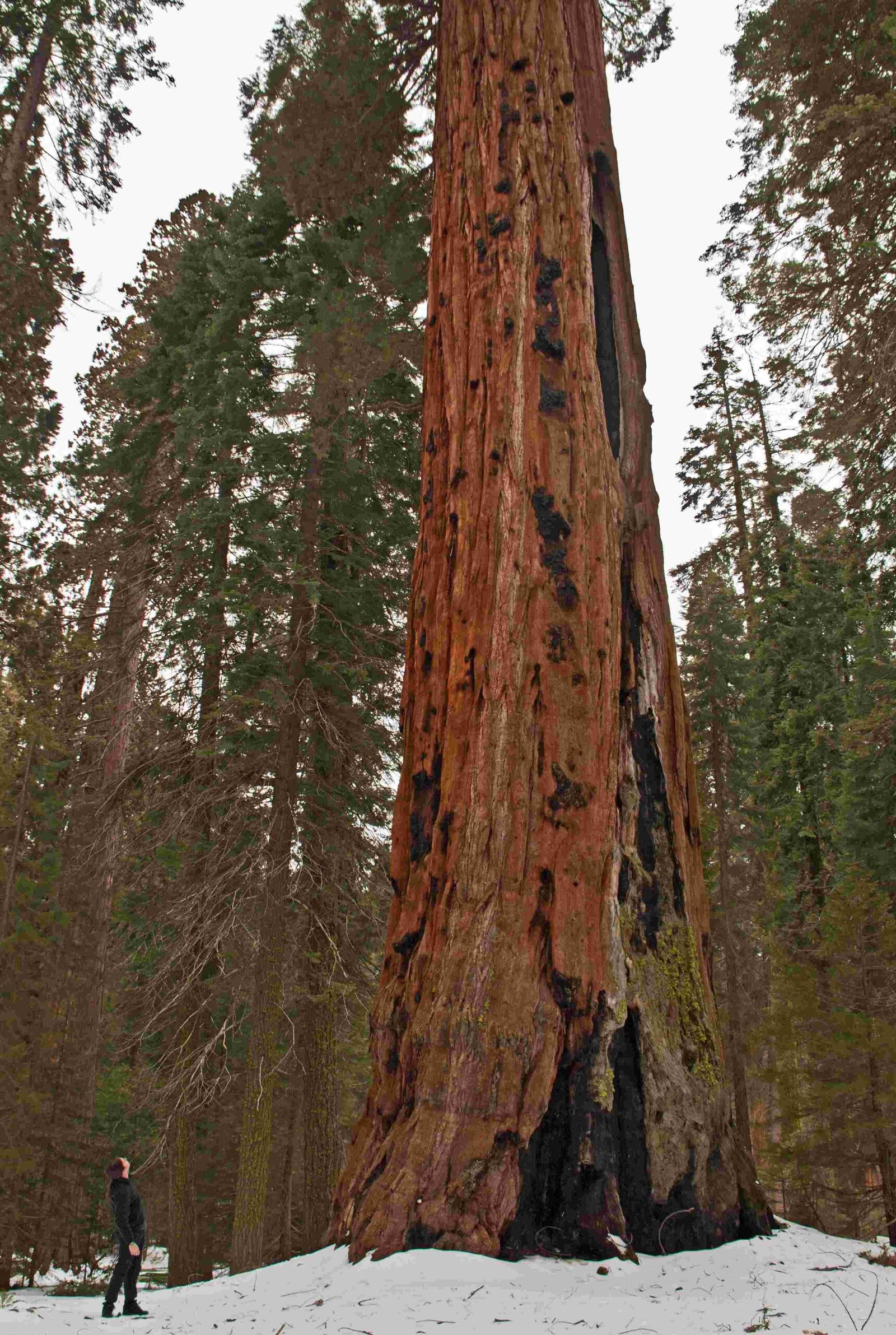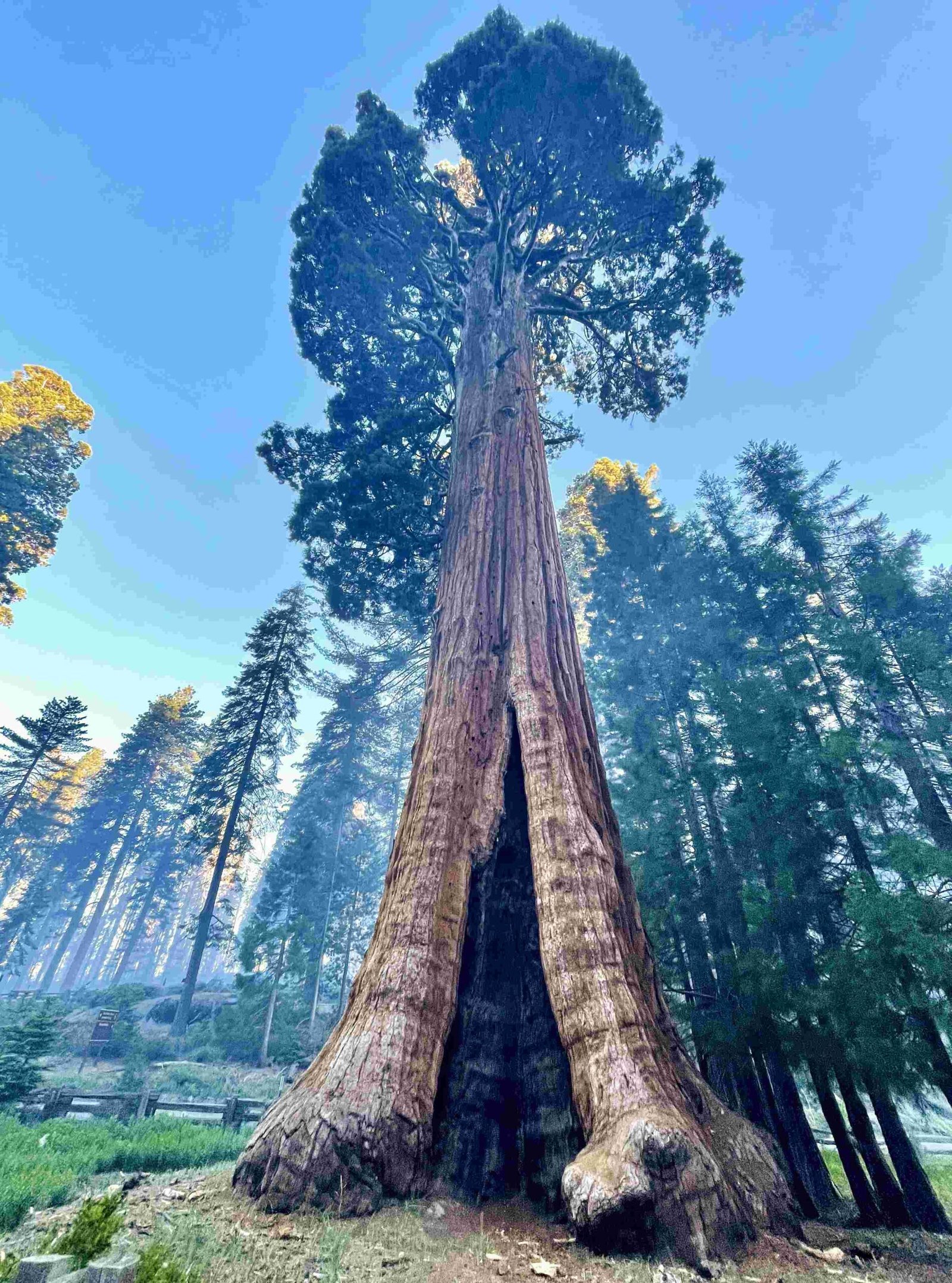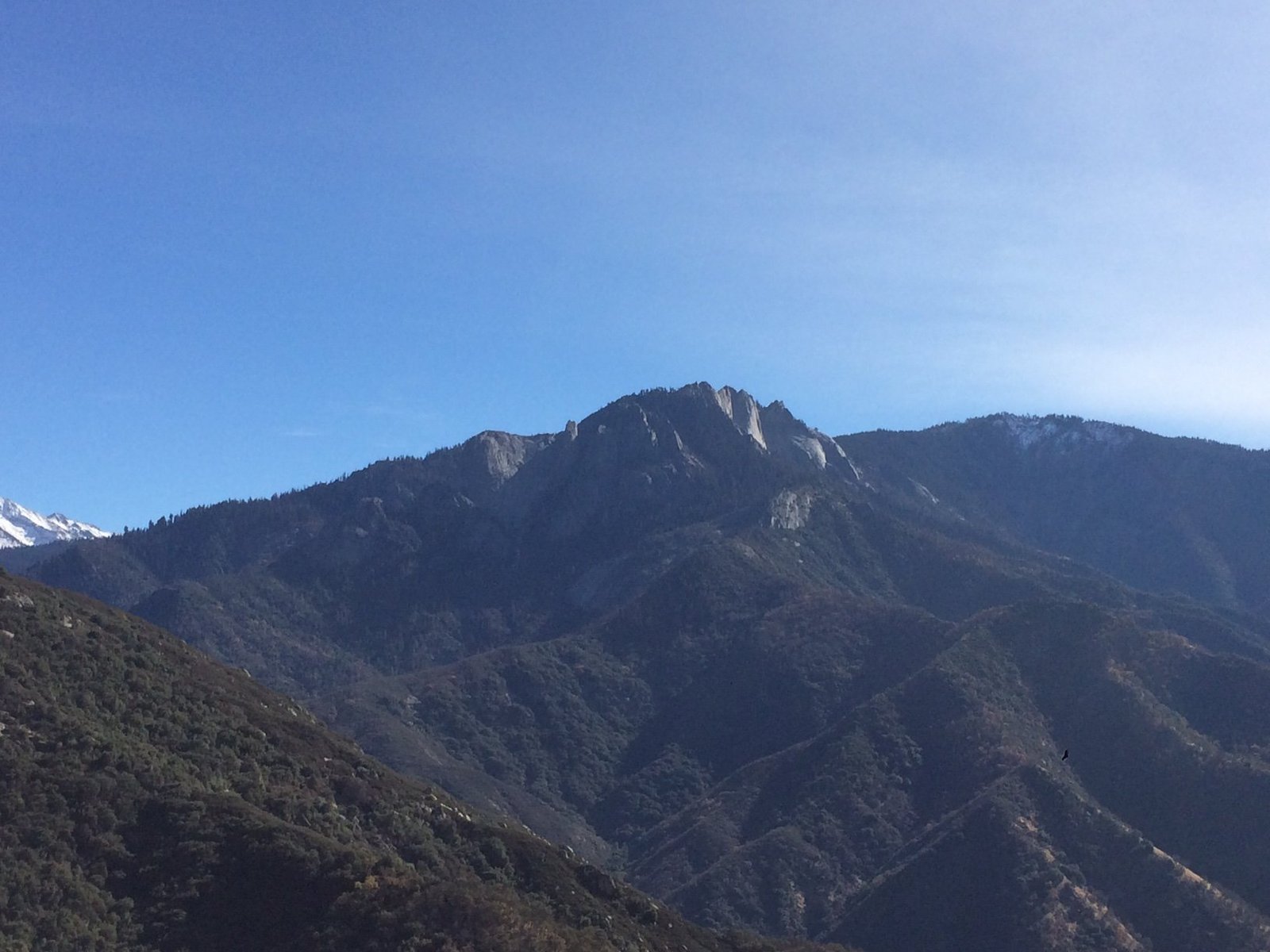Sequoia National Park showcases remarkable examples of weathering and erosion processes that have shaped its iconic landscape over millions of years. From the towering granite cliffs to the deep valleys and intricate cave systems, the park offers a living laboratory of geological forces at work. Chemical and physical weathering, along with water and glacial erosion, have sculpted the terrain, exposing ancient rocks and creating habitats for diverse ecosystems, including the park’s famous giant sequoias.
What Are the Key Weathering Processes in Sequoia National Park?

Weathering in Sequoia National Park occurs through both chemical and physical processes:
- Chemical Weathering:
- Dissolution of limestone by groundwater
- Formation of karst topography
-
Creation of cave systems like Crystal Cave
-
Physical Weathering:
- Freeze-thaw cycles cracking rocks
- Exfoliation of granite due to pressure release
- Root wedging by plants, including sequoias
How Does Erosion Shape the Landscape of Sequoia National Park?

Erosion in Sequoia National Park is primarily driven by two major forces:
- Water Erosion:
- Rivers and streams carving valleys and canyons
- Formation of waterfalls and ponds
-
Sediment transport and deposition
-
Glacial Erosion:
- Carving of U-shaped valleys
- Creation of cirques and arêtes
- Deposition of moraines and erratics
| Erosion Type | Features Created | Examples in the Park |
|---|---|---|
| Water Erosion | Canyons, Waterfalls | Kern River Canyon, Tokopah Falls |
| Glacial Erosion | U-shaped Valleys, Cirques | Kings Canyon, Pear Lake Cirque |
What Impact Do Weathering and Erosion Have on Giant Sequoias?
Weathering and erosion processes affect giant sequoias in several ways:
- Root Exposure: Soil erosion can expose sequoia roots, potentially impacting tree stability.
- Soil Composition Changes: Erosion alters soil nutrient content and moisture retention.
- Habitat Creation: Erosion creates diverse topography, supporting sequoia groves.
- Seedling Establishment: Exposed mineral soil from erosion can benefit sequoia seedlings.
How Do Soil Formation and Composition Relate to Weathering in the Park?
Soil formation in Sequoia National Park is closely tied to weathering processes:
- Parent Material: Primarily granitic rocks, weathering slowly to form nutrient-poor soils
- Organic Matter: Accumulation from plant debris, enhancing soil fertility
- Soil Horizons: Developed through weathering and organic matter decomposition
- Erosion Impact: Often outpaces soil formation, especially on steep slopes
What Facilities Are Available for Visitors to Study Weathering and Erosion?
Sequoia National Park offers various amenities for visitors interested in geological processes:
- Visitor Centers:
- Exhibits on park geology and erosion processes
-
Interactive displays explaining weathering effects
-
Guided Tours:
- Ranger-led hikes focusing on geological features
-
Crystal Cave tours showcasing karst formations
-
Educational Programs:
- Geology talks and workshops
-
Junior Ranger activities related to erosion and rock formation
-
Trails and Viewpoints:
- Self-guided geology trails with interpretive signs
- Scenic overlooks of eroded landscapes
How Have Human Activities Influenced Erosion in Sequoia National Park?
Human impact on erosion in the park includes:
- Trail Construction: Increased localized erosion along heavily used paths
- Fire Suppression: Altered natural erosion patterns by changing vegetation density
- Climate Change: Potentially accelerating erosion through increased extreme weather events
- Restoration Efforts: Mitigation of human-induced erosion through conservation practices
What Are Some Unique Geological Features Resulting from Weathering and Erosion?
Sequoia National Park boasts several distinctive features shaped by weathering and erosion:
- Moro Rock: A granite dome exposed by glacial erosion
- Crystal Cave: A marble cavern system formed by chemical weathering
- Giant Forest: A sequoia grove thriving on eroded granite landscape
- Tokopah Valley: A glacially carved valley with towering cliffs
- Marble Falls: Waterfalls over resistant marble outcrops
How Do Weathering and Erosion Contribute to Biodiversity in the Park?
Weathering and erosion processes support biodiversity by:
- Creating varied habitats from valley floors to mountain peaks
- Exposing different rock types, supporting diverse plant communities
- Forming microclimates in eroded canyons and on exposed ridges
- Providing mineral-rich soils in areas of slow erosion
What Research Is Being Conducted on Weathering and Erosion in Sequoia National Park?
Ongoing research in the park includes:
- Climate Change Impact: Studies on how changing weather patterns affect erosion rates
- Soil Carbon Dynamics: Research on soil formation and carbon sequestration
- Geohazard Assessment: Monitoring of erosion-related risks like landslides
- Ecosystem Interactions: Investigations into how erosion influences habitat distribution
By understanding these weathering and erosion facts, visitors to Sequoia National Park can gain a deeper appreciation for the dynamic geological processes that have shaped this magnificent landscape over millions of years. The park serves as a natural laboratory, showcasing the intricate interplay between rock, water, ice, and life, continually sculpting one of America’s most beloved natural treasures.
References:
1. How Moving Water Effects the Land in this Park
2. Geology of the Sierra Nevada – Yosemite Field Station
3. Geology Overview – Sequoia & Kings Canyon National Parks

